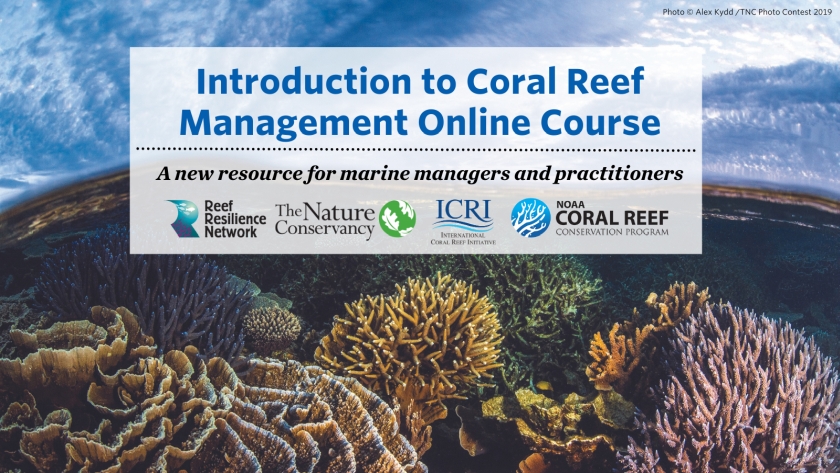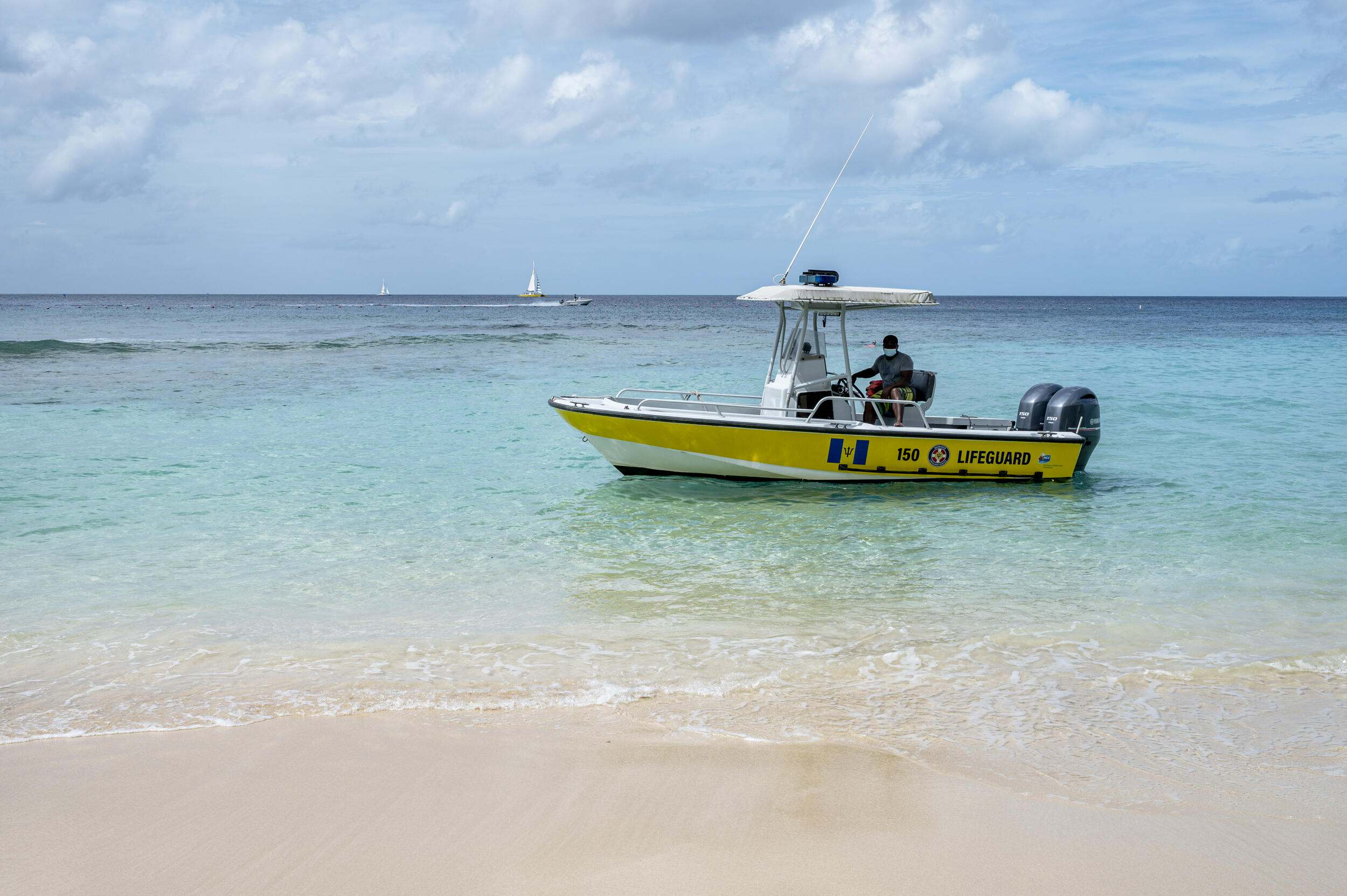This is the first report of the impacts of sewage pollution on coral reefs in Belize, which were classified as poor by the Healthy Reefs evaluation. There has been extensive coastal development in recent years without an equal increase in wastewater treatment infrastructure, causing reliance on onsite systems or discharge of untreated sewage into the sea. Sewage contaminants in groundwater are another contributor to coastal pollution and the lack of flushing may concentrate pollution in reef areas along the shoreline. To detect raw sewage in offshore sediments, this study used multiple bioindicators. Coprostanol, a sterol used to trace sewage, was found in higher concentrations near the shoreline, rather than near the reefs. The findings of this contaminant suggest nutrient loading from sewage, which supports the results of high diversity and abundance of foraminifera in the same areas. This data suggests increasing macroalgal cover, a stressor for corals, as well as water quality appropriate for reef growth where adequate flushing occurs. However, areas with less flux and dilution were found to be higher in sediments and pollutants. This is an informative paper for practitioners to consider water flow around coral reef areas and where sewage is discharged to determine management strategies.
Authors: Emrich, K., M. Martinez-Colon, and H. Alegria
Year: 2017
View Abstract
Email for Full Article: resilience@tnc.org
Journal of Foraminiferal Research 47:20-33. doi:10.2113.gsjfr.47.1.20


